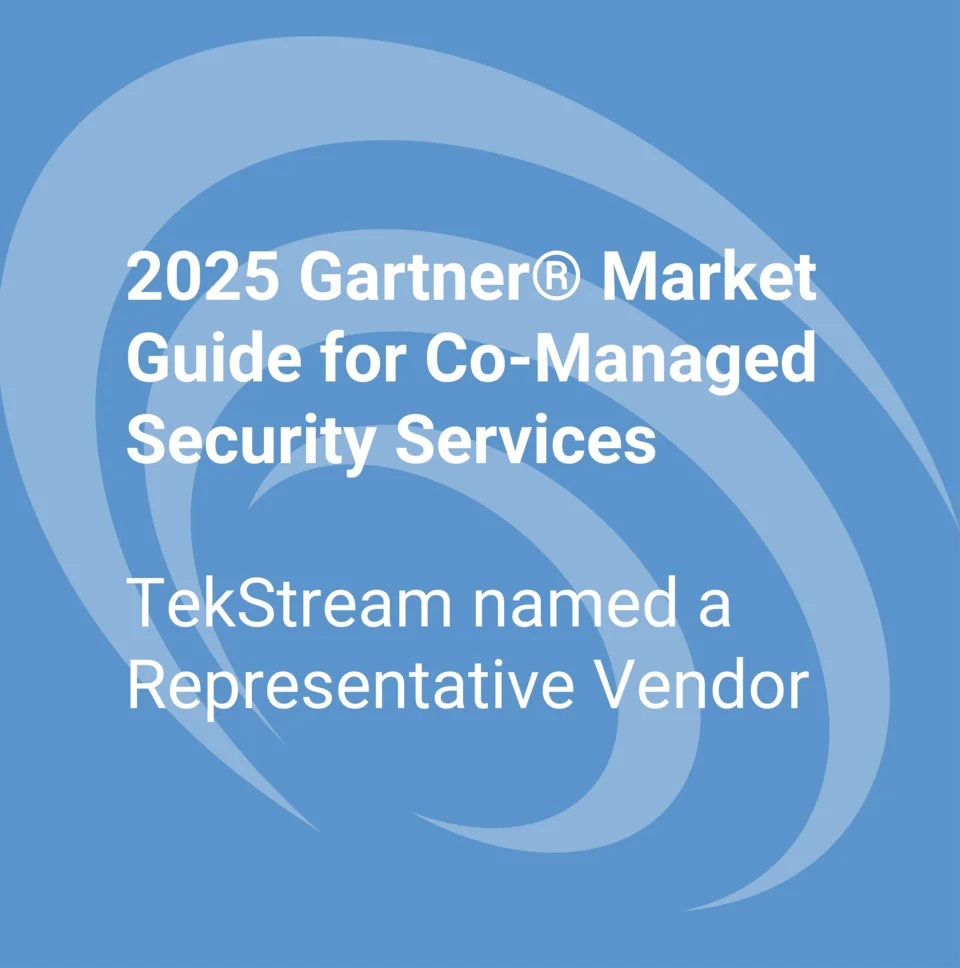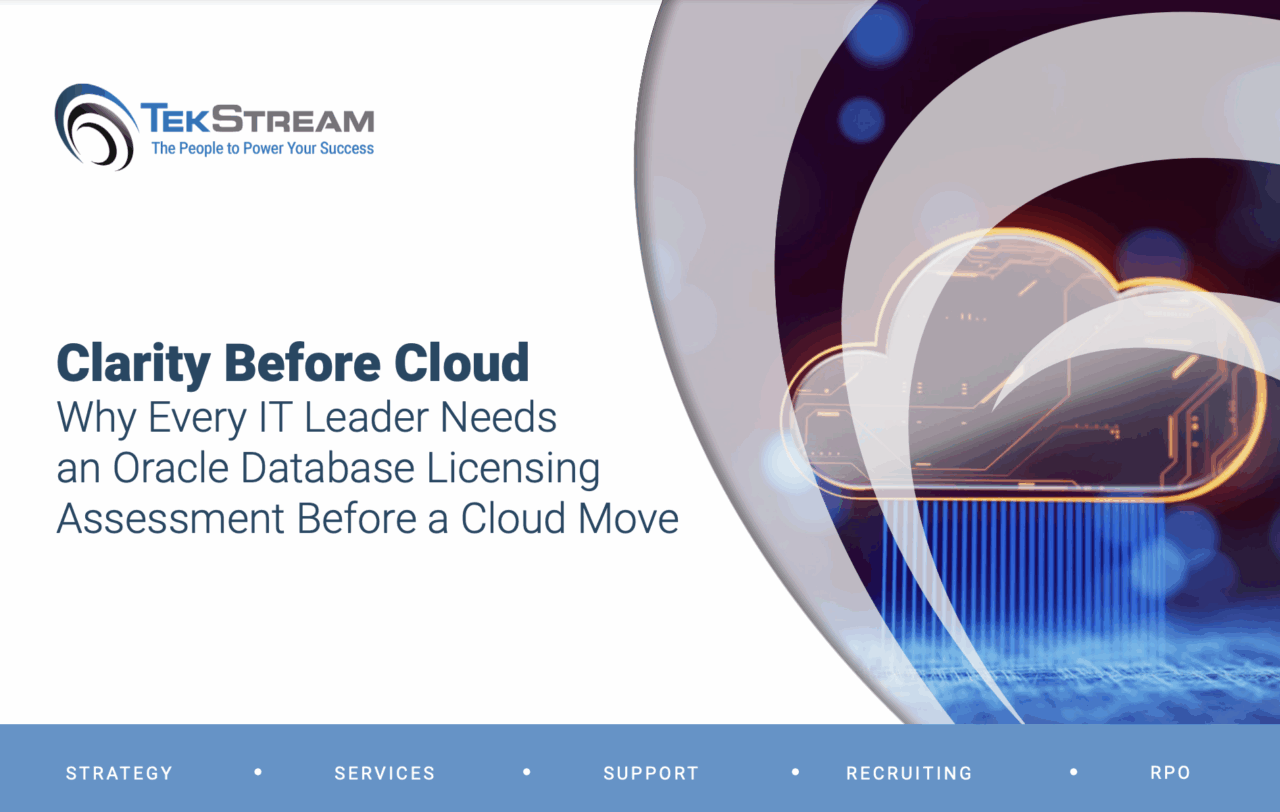The 7-Point Checklist for Integrating Splunk Observability Cloud into Your AWS Environment
So, you have decided that it is time to say goodbye to outdated legacy monitoring systems. You are tired of relying on systems that only analyze samples of data. Ones that cannot keep up with the speed of your AWS environment (those containers do spin up and spin down quickly after all). It is time to embrace a new solution that can provide your team with the critical insights and support needed to promptly identify, triage, and resolve behavioral abnormalities – Splunk Observability Cloud.
If your team has been contemplating an observational methodology, we encourage you to commit. The longer you wait to integrate a tool like Splunk Observability Cloud into your AWS environment, the more likely you are to miss the critical information needed to quickly identify and resolve issues, which could directly impact your team’s performance and your company’s bottom line.
Positive performance can have a significant impact on your systems’ ability to convert end users into paying customers. A recent study found that decreasing page load time from eight (8) to two (2) seconds can increase conversion rates by as much as 74 percent. And on the other end of the spectrum, a critical application failure can cost between $500,000 and $1 million.
But before you start layering Splunk onto your AWS platform and recoding your software for observability, you need to get organized.
The 7-Point Splunk Observability Cloud Success Checklist
At TekStream, we’ve had the privilege of assisting many organizations in implementing Splunk Observability Cloud. We know what it takes for a successful implementation, and our team of experienced professionals has put together a list of the seven must-haves of any successful Splunk Observability Cloud integration into AWS and accompanying on-premise systems.
1. Name Your Implementation Destination
Our number one piece of implementation advice? Start with the end in mind.
Think ahead to the results and insights that will have the most significant impact on your team and organization. Ask yourself questions like:
- – What aspect of your business would benefit from observability?
- – What processes do you need to have visibility into?
- – What would the business benefit be if you had that information today?
- – What information do you need to be able to determine the health of those processes?
Observability is very much a purpose-driven methodology, similar to the DevOps methodology. If there is a specific result you are trying to achieve through observability, then you need to integrate observability in a way that aligns with those goals.
Identify your desired end-state, then work backwards to develop your implementation plan.
2. Understand What Must Change to Prepare Your Organization for Observability
Look at your current system and identify what changes you’ll need to make to become observability-ready. You undoubtedly will have to make some changes to your code to support Splunk Observability Cloud. But code is not the only thing that may need to change.
Existing processes, response protocols, and even team mindsets are all aspects of your organization that will need to evolve to embrace observability. Lay out a plan for how you will introduce observability and earn team buy-in before you think about implementing Splunk Observability Cloud.
3. Determine Who in Your Organization Needs to Be Involved in The Implementation
Yes, your developers will be involved. However, successful Splunk Observability Cloud implementation goes beyond any individual developer. Everyone involved in supporting the business process should be part of the transformation, including site reliability engineers (SREs), DevOps engineers, leadership, and more.
Create a list of these individuals and match them to the specific implementation tasks needed for a successful integration. Be sure to include executive sponsorship and leadership support as well as who will be managing the project. Use this list to identify any gaps or overlaps in responsibilities.
4. Identify Any Third-Party Systems That Need to Be Considered
Your first-party systems are not the only technologies that may need to be updated. If your organization uses any third-party tool, you will want to ensure those systems also are integrated into your observability platform.
Start with an audit of your third-party systems. Be sure to consider the limitations and supporting framework of each platform. Is it possible to integrate the current third-party system with Splunk Observability Cloud? Is it necessary?
Once you complete your assessment, affirm that your timeframe and roadmap align with your findings. You may need to account for additional time, support, or resources.
Additional Consideration: To accurately assess the ease of integration of your third-party tools, you may need to ask your vendors for additional access to the system. Check with each third-party platform to see if you have an opportunity to peek under the hood and gain insight into their system.
5. Put Together a Clear Implementation Timeframe
Do you have a specific end-time that your observability platform must be operational?
Of course, nearly every organization will say, “as soon as possible.” However, we believe that a successful timeframe considers the scope of the implementation lift as well as the resources your organization can allocate.
Align your timeframe directly to your roadmap by including sub-goals, milestones, deliverables, and other accountability metrics. Not only will this help you understand if your ideal timeline is too aggressive for the scope of the endeavor, but it also will help your team determine if additional resources are needed to complete the project within the desired timeframe.
6. Clarify a Specific Approach to Your Implementation
How are you planning on rolling out Splunk Observability Cloud? Are you only adding observability to new code? Are you rolling out one application or process at a time? Are you recoding all technologies before implementing them across your entire AWS environment?
Some of these implementation options may be more practical and useful than others. Take the time to investigate the feasibility and bottom-line impact of each approach. Do not get distracted recoding systems that will not help your organization reach its performance monitoring goals.
7. Choose an Implementation Partner
If the above sounds daunting, know that you do not have to go it alone. The right partner will guide your team through each of these points, lending their proven experience and process to better ensure a successful Splunk Observability Cloud implementation.
At TekStream, we work with our clients to form a complete understanding of their observational goals, as well as the systems and processes that will need to be updated to achieve the desired outcome.
From there, we will develop a timeline and implementation roadmap that takes you from where you are today to where you want to be with observability. Along the way, we will provide our strategic recommendations and insights across several project aspects that are imperative to a successful AWS integration
Get Started Today
Ready to abandon your legacy monitoring tools in favor of a system that can keep up with the ephemeral nature of AWS? We can help. TekStream has proven experience assisting companies with their adoption of observability. Our team of dedicated experts stands ready to offer our support. Together, we will craft an implementation strategy that aligns directly with the needs of your team. Reach out to us today to get started.
Interested in learning more about observability and how Splunk Observability Cloud can help you monitor and improve your AWS platform? Download our latest eBook:









